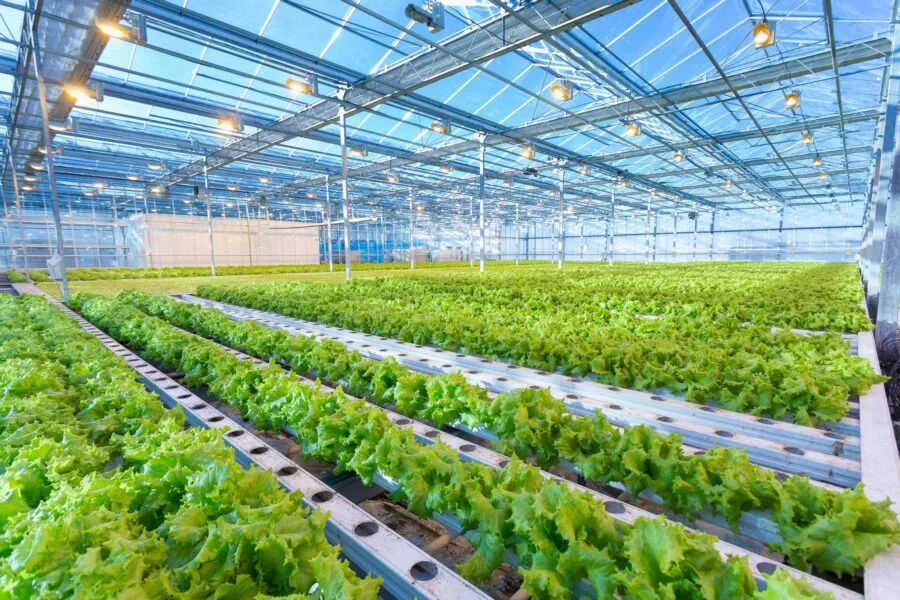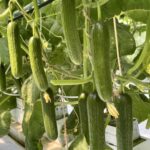Outplaying other international competitors, a joint team led by Koidra won the 3rd Autonomous Greenhouse Challenge (AGC) in 2022 by optimizing the final net profit to 27.8%. Koidra’s technology was also at the core of team Sonoma’s victory in the previous AGC challenge after generating the impressive net profit of €5.93 per one square meter per crop cycle.
Overview of Autonomous Greenhouse Challenge
The Autonomous Greenhouse Challenge is an international competition organized by the Netherlands-based Wageningen University & Research (WUR)–the world-leading institution for Agri-Food Tech. In its third year, the challenge witnessed the participation of 46 teams from 24 countries. Team Koala consisting of agtech startup Koidra and researchers from Cornell University and Rutgers University emerged as the winner.
About Challenges
The goal of the competition was to optimize net profits by producing a maximum number of good quality heads of lettuce with the lowest feasible input of resources such as energy and CO2. The teams had to grow lettuce with a target plant weight of 250 grams, and the quality was judged based on factors such as leaf tip burn and other deformations.
They also had to work with a high-tech greenhouse compartment at Wageningen University & Research in Bleiswijk. The resource use (e.g. heating energy, electricity, CO2) was measured during the growing period, and operational costs were calculated.
Koidra’s Solution
The Koala team led by Koidra developed computer vision and machine learning algorithms to detect growth parameters including diameter, height, weight, and leaf area, and to control the climate in a virtual greenhouse by automatically determining set points for ventilation, heating, lighting, etc. in order to grow a virtual lettuce crop and maximize net profit.
Final Results at Autonomous Greenhouse Challenge
Koala team was named the winner of the competition after building an algorithm that recognized high-accuracy lettuce images and estimated the accurate growth parameters.
The team achieved 400g per head of lettuce, which greatly surpassed the target of 250g per head (Figure 1) with the least use of resources (Table 1).
The Koala team was the only AI team to outperform the reference Dutch Grower by 27.8% in net profit (Table 2).



Koidra’s participation under the umbrella of team Koala in the AGC and its success in delivering autonomous growing technology has been a significant achievement for the company. The KoPilot solution has demonstrated its capability to provide quality crops, boost energy usage efficiency and reduce operating expenses. Koidra’s innovations have provided a competitive advantage that can benefit commercial lettuce production and the agricultural industry as a whole.
Sources: Familiar face leads ‘Team Koala’ to win the Autonomous Greenhouse Challenge for a second time
About Koidra
Koidra Inc. is an autonomous control company whose software aids growers in boosting yields, reducing resources, and promoting sustainable agriculture. The software works with all existing climate computers.
Koidra achieved consecutive wins in the prestigious Autonomous Greenhouse Challenges (AGC) by Wageningen University and Research in the Netherlands. Outperforming experienced cultivators, the company achieved unparalleled yields through its AI solutions.
Koidra has secured grants from esteemed bodies, including the USDA, for its innovative work. By integrating artificial intelligence, machine learning, IoT, and expert insight, the company has developed advanced and robust tools. These tools empower growers and manufacturers to realize production and sustainability goals while minimizing costs.



